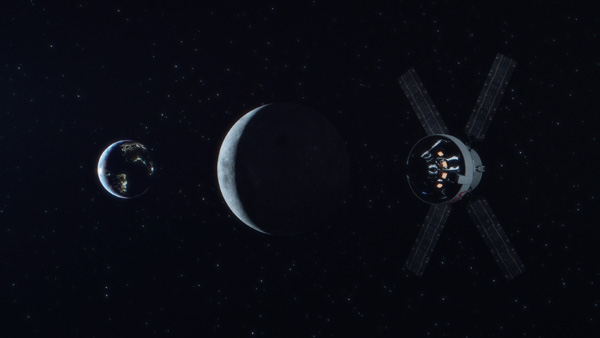 Blue Origin
Saturday Night Live Star Pete Davidson to Fly on Blue Origin’s 20th Mission Alongside Five Customers (News Release)
Blue Origin
Saturday Night Live Star Pete Davidson to Fly on Blue Origin’s 20th Mission Alongside Five Customers (News Release)
Blue Origin today announced the crew flying on its upcoming
NS-20 flight on March 23 will include Marty Allen, Pete Davidson, husband and wife duo Sharon and Marc Hagle, Jim Kitchen, and Dr. George Nield.
This mission is the fourth human flight for the
New Shepard program and the 20th in its history.
Live launch coverage begins on
BlueOrigin.com at T-60 minutes. Liftoff is currently targeted for 8:30 a.m. CDT / 13:30 UTC from Launch Site One in West Texas.
Each astronaut on board NS-20 will carry a postcard to space on behalf of Blue Origin’s foundation,
Club for the Future, whose
Postcards to Space program gives students access to space on Blue Origin’s rockets. The Club’s mission is to inspire future generations to pursue careers in STEM for the benefit of Earth.
Meet the Crew:
Marty Allen
Marty Allen is a turnaround CEO and angel investor. During his tenure as CEO of Party America, he transformed the company from a broken California retail chain into a large nationwide retailer, leading the company through a bankruptcy restructuring and the acquisition of several competitors. He is also the former CEO of California Closet Company, leading the company to record sales and profitability. Marty also mentors CEOs through his board activities.
Pete Davidson
Pete Davidson joined the cast of
Saturday Night Live in 2014. In 2020, he co-wrote and starred in the semi-autobiographical film
The King of Staten Island, which also earned a nomination for The Comedy Movie Star of 2020 at the 46th People’s Choice Awards. Pete also appeared in the 2021 film
The Suicide Squad directed by James Gunn.
Sharon Hagle
Sharon Hagle founded SpaceKids Global in 2015, a nonprofit whose mission is to inspire students to excel in STEAM+ education with a focus on empowering young girls. SpaceKids hosts several annual challenges designed to inspire kids to pursue careers in the space industry, including national essay competitions and a partnership with the Girl Scouts of Citrus County. SpaceKids also participates in Club for the Future’s Postcards to Space program. To date, Sharon has reached nearly 100,000 students globally.
Marc Hagle
Marc Hagle is president and CEO of Tricor International, a residential and commercial property development corporation. Under his direction, the company has developed and owned more than 17.4 million square feet of properties across the United States, including shopping centers, warehouses, medical facilities, recreational facilities, drug stores, and office projects. Marc and his wife, Sharon, are avid philanthropists for numerous arts, sciences, health, and education-related charities.
Jim Kitchen
Jim Kitchen is a teacher, entrepreneur, and world explorer who has visited all 193 U.N.-recognized countries. He’s been a space dreamer since watching NASA’s
Apollo rocket launches in Florida as a child. As a college student in the 1980s, he promoted low-Earth orbit space trips for a startup. Since 2010, Jim has served on the faculty of University of North Carolina’s Kenan-Flagler Business School, teaching students to create world-changing for-profit and nonprofit ventures.
Dr. George Nield
Dr. George Nield is the president of Commercial Space Technologies, LLC, which he founded to encourage, facilitate, and promote commercial space activities. He previously served as associate administrator for the Federal Aviation Administration Office of Commercial Space Transportation and was responsible for licensing and regulating all commercial launch activities. Earlier in his career, he held engineering roles at the Air Force Flight Test Center and the Orbital Sciences Corporation, and he was an assistant professor and research director at the U.S. Air Force Academy. Dr. Nield also served as the manager of the Flight Integration Office for NASA’s Space Shuttle Program.
Source: Blue Origin
****
 Blue Origin
EDIT (March 17):
Blue Origin
EDIT (March 17): Blue Origin has reported that Pete Davidson will
not fly on New Shepard's next mission as planned.




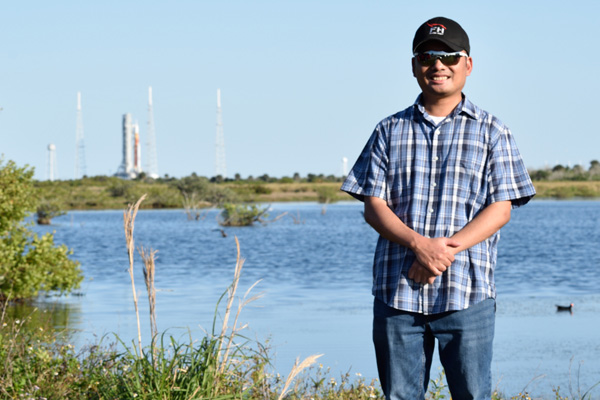

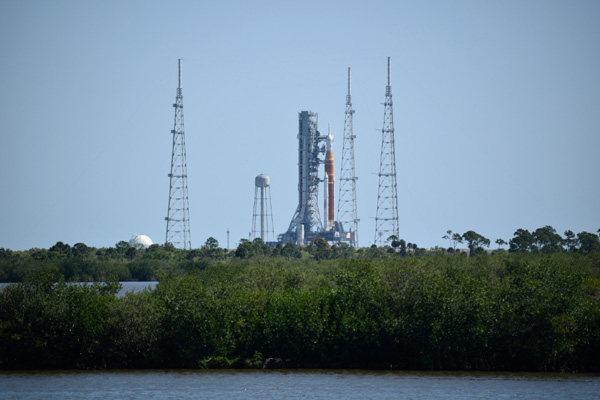



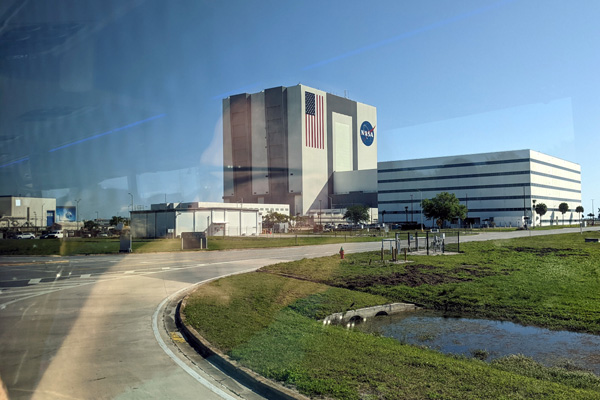
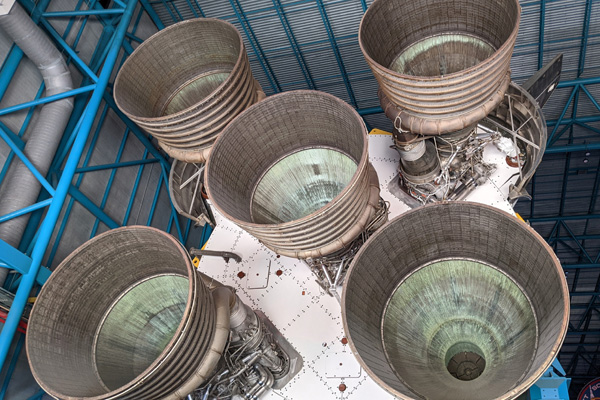

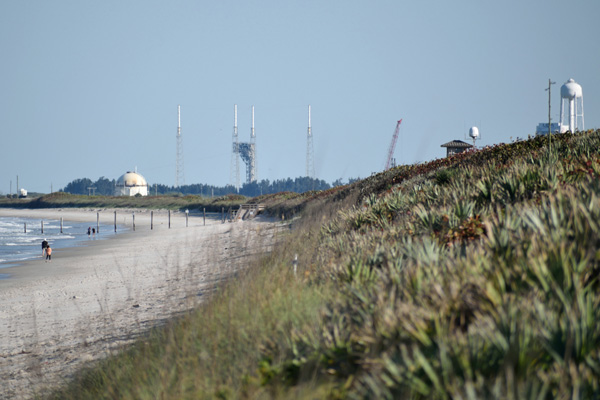













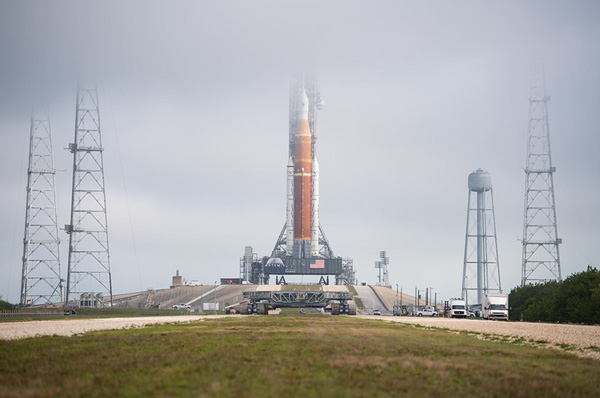

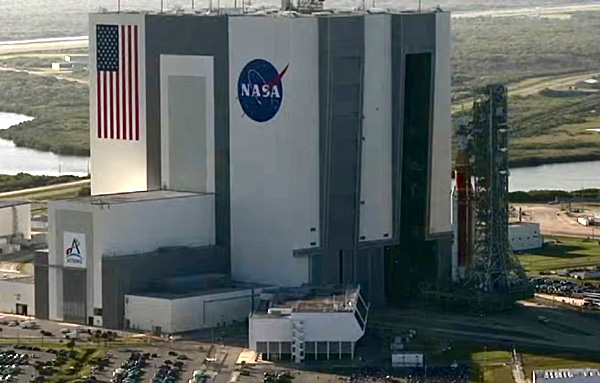
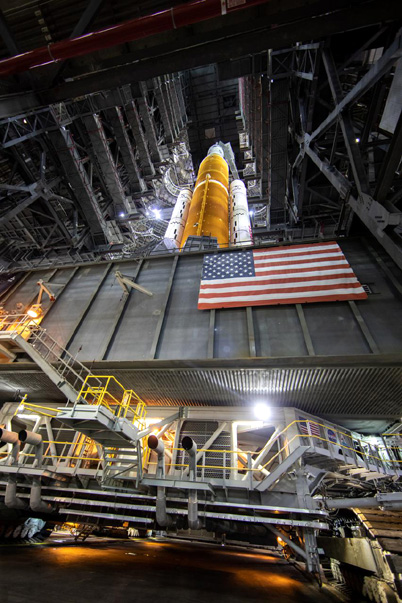
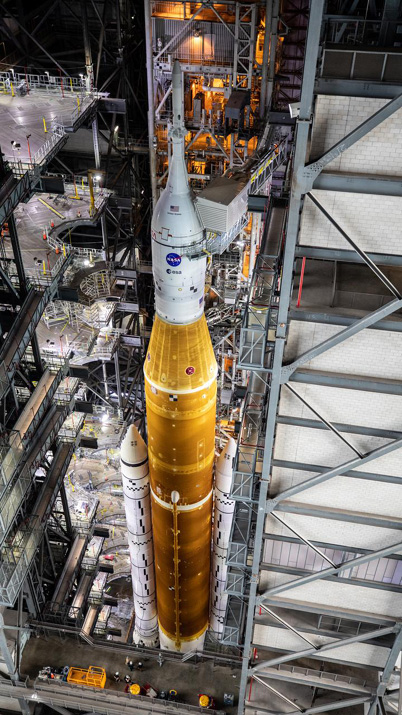
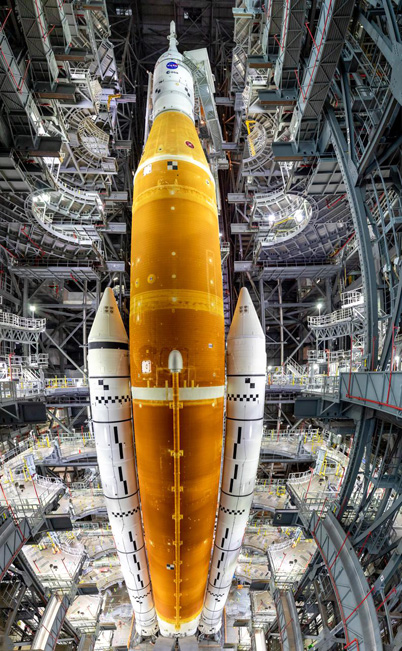
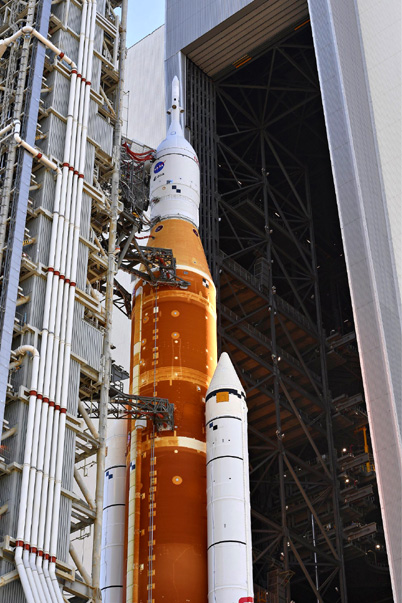
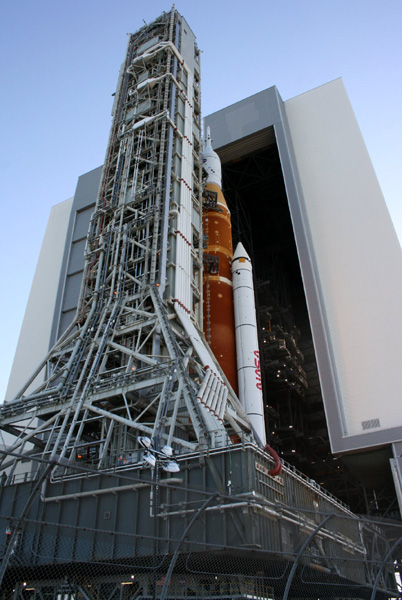
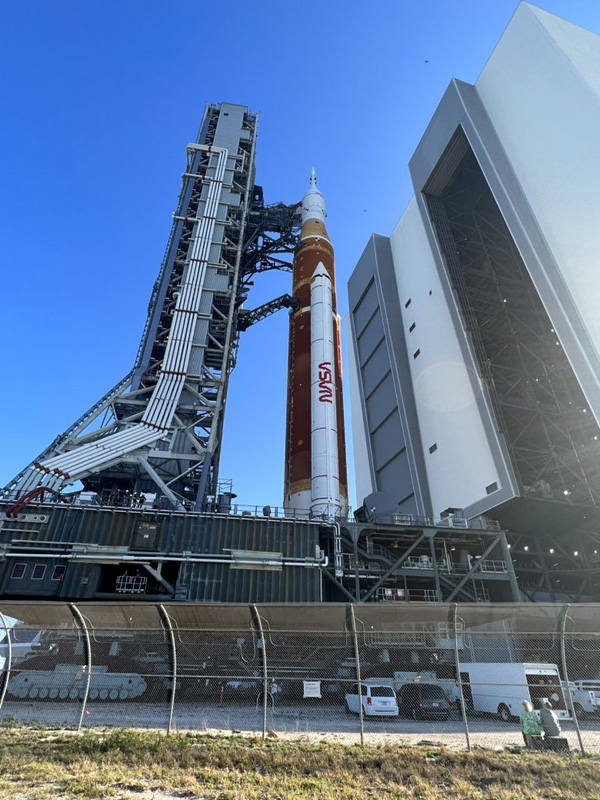


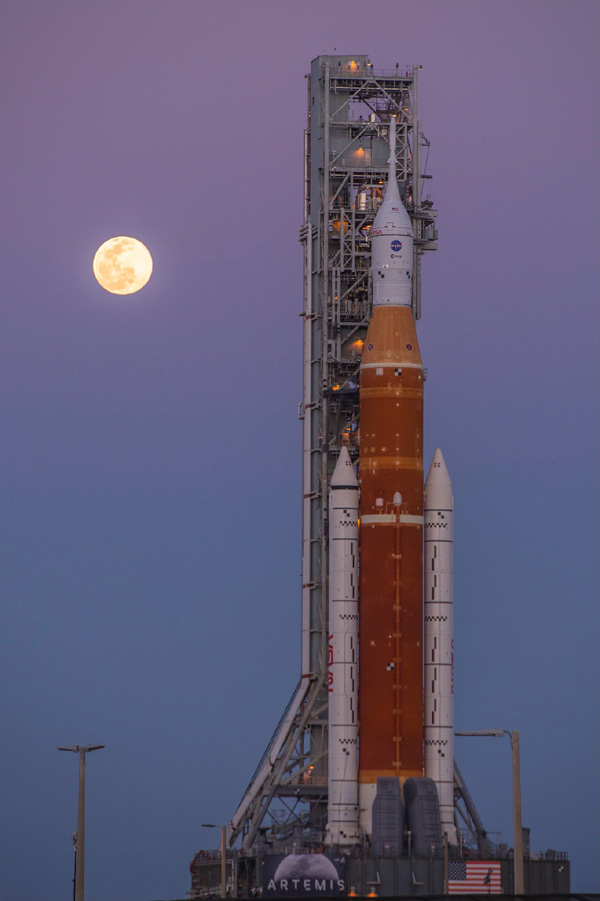


 "/>
"/>


